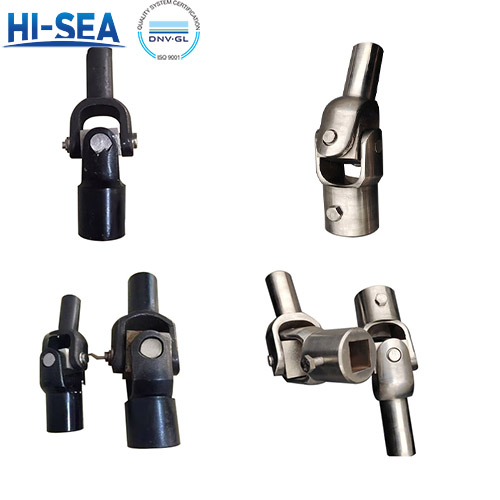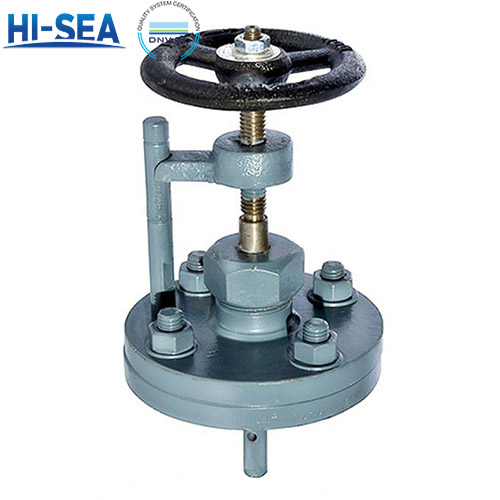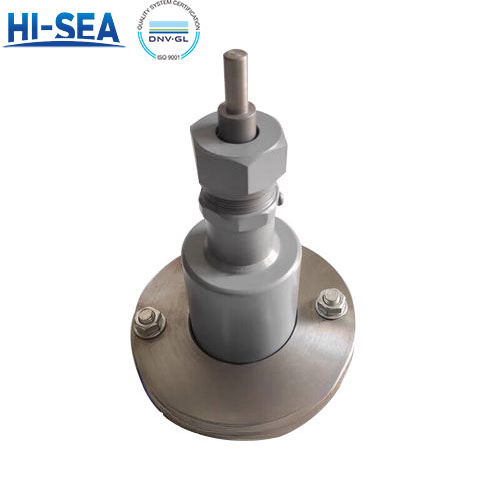
Magnetic Float Type Level Gauge
Process Connection:
Flanged or threaded connections are common.
Standard sizes: 1/2 inch to 4 inches or more, often specified by the user.
Flange standards: ANSI, DIN, JIS, etc.
Overview
Working Principle
The gauge's main body is connected to the side wall of the container through flanges, forming a U-shaped communicating structure, which ensures that the liquid level in the main body is always the same as that in the container. Inside the measurement main body, there is a magnetic float whose density is slightly lower than that of the measured medium. As the liquid level rises or falls, the float moves up and down accordingly. The float contains a permanent magnet that generates a magnetic field. This magnetic field drives the two-color magnetic flip columns (usually red and white) in the external flip board box to flip. The flip column at the liquid level shows red, clearly indicating the real-time liquid level height. In addition, through a magnetic switch or magnetostrictive rod, the position of the float can be converted into a 4-20mA current signal or a switch quantity to support remote monitoring and alarm.
Application Scenarios
It is widely used in industrial tank monitoring, such as oil and chemical storage tanks (crude oil, acid-base solutions), and boiler drums and desulfurization towers in the energy and power industry (for high-temperature and high-pressure working conditions). It is also suitable for special working conditions such as underground storage tanks (using UPVC materials to resist groundwater corrosion) and closed systems (liquefied gas storage tanks, vacuum reaction kettles).





